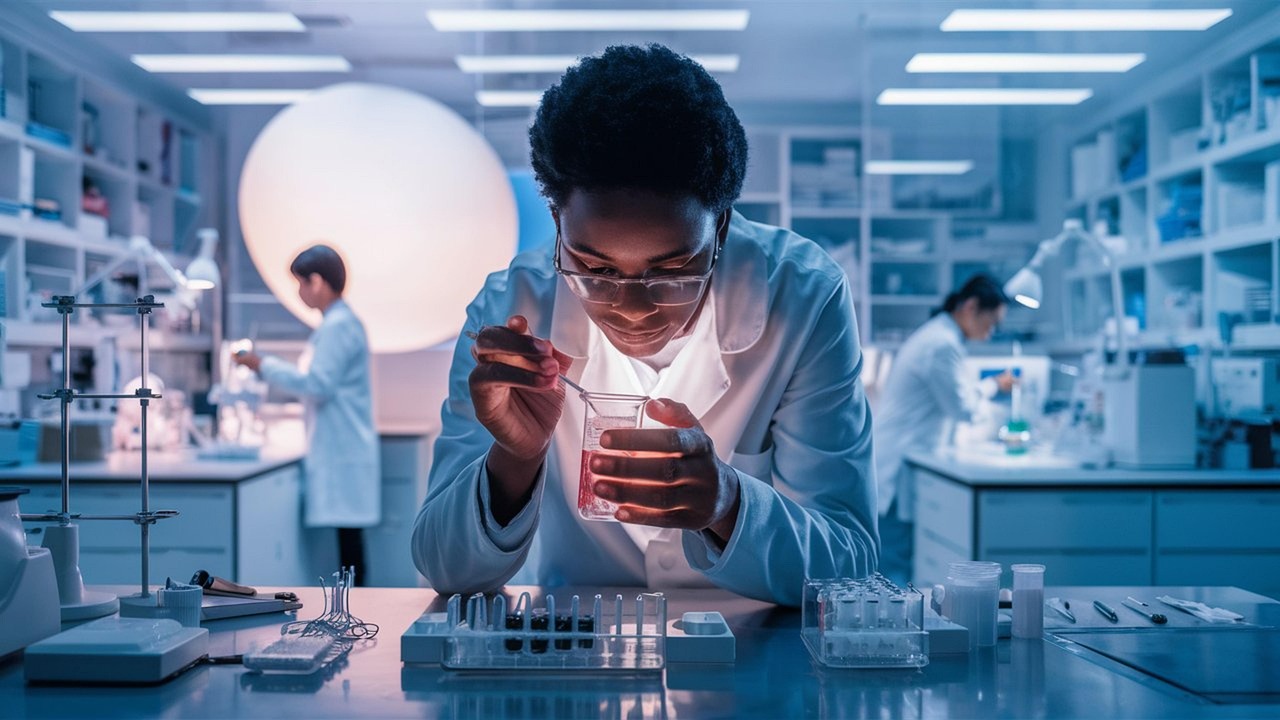Essential Chemistry Lab Safety: 12 Key Guidelines

A laboratory worker had been on the job for three months when she attempted to extract a pyrophoric chemical—a substance that ignites when exposed to air—using a syringe. Unfortunately, the syringe came apart, and the chemical ignited her clothing. Despite receiving medical care, she passed away from her burns a few weeks later. This tragic accident could have been prevented with proper training, supervision, and procedures. Chemistry labs can be dangerous if safety measures are not followed. It is crucial to recognize hazards and implement safe working methods, particularly when handling highly dangerous chemicals.
Learn more about Scishield’s Chemical Inventory and Report software to improve lab safety.
Why Is Safety Important in a Chemistry Lab?
Safety in a chemistry lab is essential for many reasons. Laboratories contain multiple hazards that require careful controls to prevent injuries and illnesses. Exposure to chemicals can lead to health risks, including chemical burns, poisoning, or even fires and explosions. Additionally, equipment in the lab can pose physical dangers such as slips, trips, falls, pinch points, or exposure to extreme temperatures, radiation, loud noise, electricity, and high pressure. Accidents can lead to serious consequences, including medical costs, lost productivity, and legal issues. Implementing proper safety measures helps reduce these risks and maintain a safe working environment.
12 Lab Safety Guidelines to Follow
To maintain a safe lab environment, follow these important safety rules:
1. Wear safety glasses. Always use eye protection, even when you are not actively conducting an experiment.
2. Dress appropriately. Wear clothing that covers your skin, avoid open-toed shoes and long jewelry, and ensure your sleeves are properly fitted.
3. Do not eat, drink, smoke, or vape in the lab. These activities can lead to contamination and accidental ingestion of harmful substances.
4. Know emergency procedures and equipment locations. Be familiar with fire extinguishers, fire blankets, safety showers, and eyewash stations.
5. Use a fume hood when working with hazardous chemicals. This protects you from harmful vapors and potential chemical exposure.
6. Wash your hands before and after working in the lab. Practicing good hand hygiene prevents contamination and protects both you and your colleagues.
7. Never use your mouth to fill a pipette. This outdated method poses a risk of ingesting dangerous substances.
8. Be careful when handling glassware. Do not force glass tubing through corks or rubber stoppers. Use proper lubrication to prevent breakage and injuries.
9. Add acid to water, not the other way around. Pouring water into acid can cause a violent reaction, leading to splashes and burns.
10. Dispose of waste properly. Use designated containers for liquid and solid waste to prevent contamination and environmental harm.
11. Secure all chemical containers after use. Replace caps, lids, and stoppers immediately to prevent leaks and spills.
12. Report accidents and injuries immediately. Inform your supervisor about any incidents so that necessary actions can be taken to prevent future issues.
Chemical Hygiene Plan
Before beginning any work in the lab, a Chemical Hygiene Plan should be in place. This document outlines safety procedures and best practices to protect employees from lab hazards. The plan should include guidelines on using personal protective equipment (PPE), identifying hazards, responding to spills, and properly disposing of waste.
Conclusion
Safety should always be a top priority when working in a lab. Accidents and injuries serve as reminders of the importance of strong safety measures. By following these 12 guidelines and implementing a Chemical Hygiene Plan, you can create a safer work environment and reduce the risk of harm.



